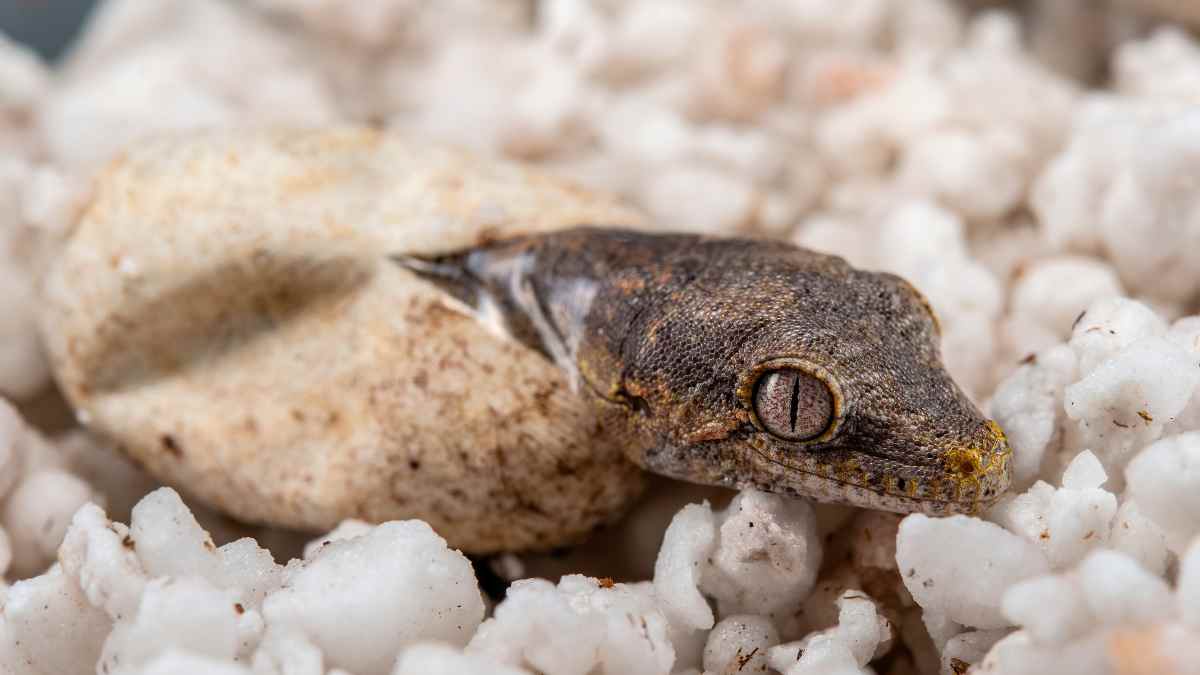Ah, the majestic reptile. These scaly creatures have been around for millions of years and have survived countless environmental catastrophes. From tiny geckos to massive crocodiles, there is something undeniably fascinating about these cold-blooded critters.
Reptiles are perhaps best known for their unique ability to lay shelled eggs on land, a trait that sets them apart from most other animals. They are also characterized by their dry, scaly skin, which helps them to retain moisture in arid environments.
But reptiles are not just important for their physical features. They also play vital roles in their ecosystems, controlling insect and rodent populations and serving as important prey for larger predators.
And let’s not forget about the variety of bizarre and fascinating behaviors exhibited by these animals. From chameleons that change color to escape predators to tortoises that can live for over a century, reptiles are the ultimate survivors.
So, whether you’re a seasoned reptile enthusiast or simply curious about these fascinating creatures, join me on a journey into the world of reptiles. Trust me, you won’t be disappointed.
Introduction to Reptiles
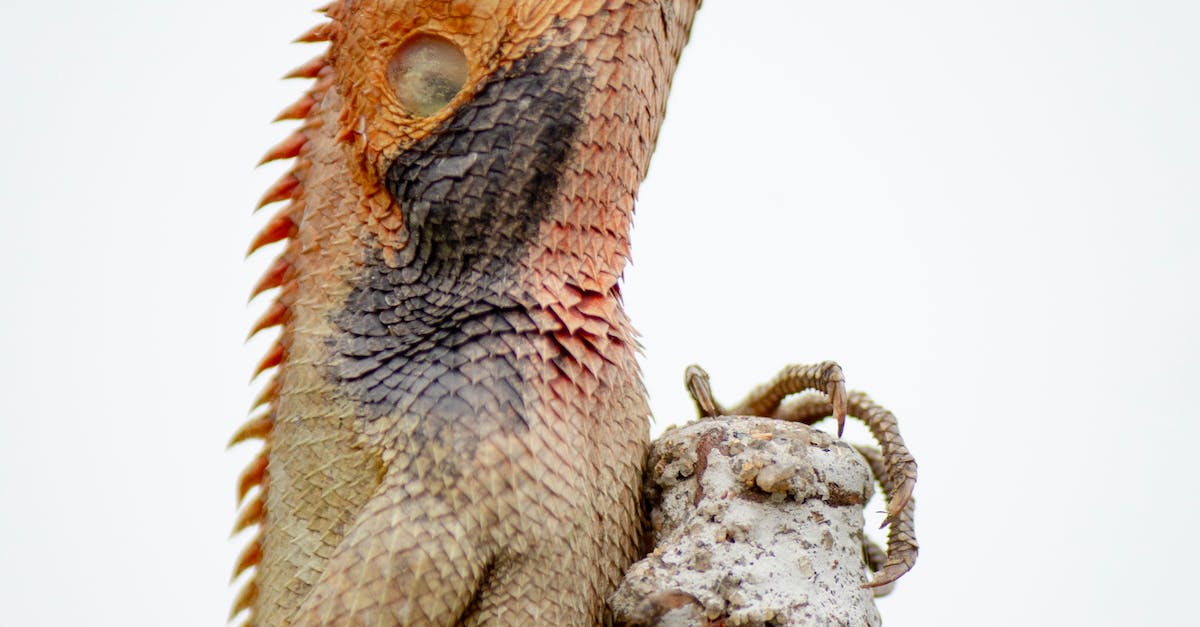
As we explore the animal kingdom, we encounter creatures of various shapes, sizes and kinds. One group that stands out is the class Reptilia. Reptiles are a diverse group of vertebrates that have adapted to living in a range of environments, from the driest deserts to the coldest oceans.
The first thing that comes to mind when we think of reptiles is their scaly covering. Their skin is covered in scales that often overlap and serve as a protective layer to prevent water loss. This, along with their ability to lay eggs on land, sets them apart from other vertebrates like mammals and birds.
Reptiles are cold-blooded animals, which means they cannot generate their own body heat and rely on their surroundings to regulate their temperature. They have a range of physiological adaptations that enable them to cope with different climates, such as basking in the sun to warm up and seeking shade to cool down.
-

Beaded Dragon Fan Exclusive: ‘Original Hipster’ T-Shirt – Wear Your Unique Style with Pride – Unisex t-shirt
£13.00 – £20.50 Select options This product has multiple variants. The options may be chosen on the product page -

Chinese Water Dragon Aquatic Mastery Tee: Dive into Elegance with Our Exclusive Reptile Enthusiast Shirt – Unisex t-shirt
£13.00 – £20.50 Select options This product has multiple variants. The options may be chosen on the product page
When we think of reptiles, we often picture snakes and lizards, but this class also includes turtles, crocodiles and alligators. Each species has its unique characteristics that allow them to thrive in their specific environments.
Reptiles are essential to their ecosystem as both predators and prey. They play a vital role in maintaining the balance of the food chain and contributing to the overall health of the ecosystem.
In conclusion, reptiles have evolved over millions of years in various environments, and their ability to adapt to their surroundings has allowed them to thrive in diverse ecosystems. Their unique physical and behavioral adaptations provide insight into the wonders of the natural world.
Evolution and History of Reptiles

Reptiles are fascinating creatures that have been around for millions of years. They are cold-blooded animals that breathe air and lay eggs. The following is a brief overview of the evolution and history of reptiles.
1. Evolution: Reptiles evolved from amphibians around 320 million years ago during the Carboniferous period. They were the first vertebrates to colonize the land and adapted to a wide variety of habitats, from deserts to tropical forests.
2. Dinosaurs: Dinosaurs were a group of reptiles that ruled the Earth during the Mesozoic era, from about 250 million to 65 million years ago. They were diverse in size and shape, from the tiny Compsognathus to the massive Argentinosaurus.
3. Extinction: Around 65 million years ago, a catastrophic event wiped out the dinosaurs as well as many other species. However, some groups of reptiles, such as crocodiles and turtles, survived and continue to thrive today.
4. Modern reptiles: Modern reptiles evolved from ancient reptile ancestors and are found all over the world. They include lizards, snakes, turtles, crocodiles, and tuatara. Today, there are over 10,000 species of reptiles worldwide.
5. Adaptations: Reptiles are adapted to their environments in a variety of ways. Some are excellent climbers, while others are powerful swimmers or burrowers. Some have evolved venom to defend against predators or catch prey, while others have adapted camouflage to blend into their surroundings.
In conclusion, reptiles have a long and fascinating evolutionary history. They have survived for millions of years and adapted to a wide variety of environments. Today, they continue to thrive and amaze us with their unique adaptations and behaviors.
Characteristics and Biology of Reptiles
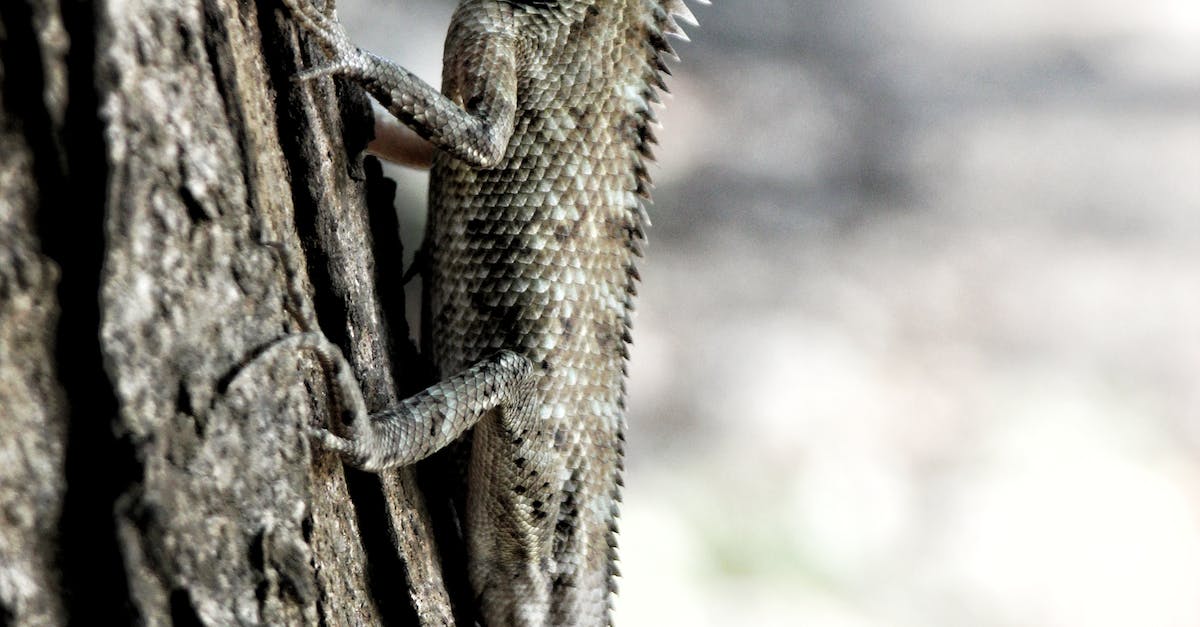
Reptiles are a diverse group of animals that can be found all over the world, from deserts to rainforests. Although they are often grouped together, reptiles actually represent multiple different species and families, each with their own unique characteristics and biology. Here are three important things to know about reptiles:
- Characteristics of Reptiles: Reptiles are cold-blooded, which means their internal body temperature fluctuates with their environment. They also have scaly skin and lay eggs, although some species give birth to live young. Reptiles are also known for their unique respiratory system, which involves the use of lungs as well as occasionally using their skin to breathe through.
- Biology of Reptiles: Unlike many other animals, reptiles tend to have a slow metabolism, which means they don’t require as much food to survive. However, they also tend to have longer lifespans, with some species living for over one hundred years. Additionally, reptiles have adapted to extreme conditions in order to survive. Some species, like snakes, have evolved the ability to go without food for weeks, while others, like turtles, have adapted thick shells to protect against predators.
- Diversity of Reptiles: Reptiles include a wide variety of animals, from crocodiles to lizards to snakes. Each family has its own unique features and adaptations, allowing them to thrive in different environments. For example, snakes are highly specialized predators that capture prey using venom, while lizards come in many different shapes and sizes and can be found in a wide range of habitats across the globe. Some species of reptiles, like the Komodo dragon, are also apex predators, meaning they sit at the top of the food chain.
Reptiles have adapted to survive in a wide range of different environments, and their unique characteristics and biology make them a fascinating group of animals to study. By understanding these creatures better, we can learn how to better protect them and ensure their survival for generations to come.
Classification of Reptiles

As we continue to explore the fascinating world of reptiles, it is important to understand their classification. Reptiles are a class of vertebrates that are cold-blooded, have scales, and lay shelled eggs on land. They are further classified into four groups.
- Turtles and tortoises: These are the only reptiles with a bony shell. They have a protective carapace (upper shell) and plastron (lower shell) that encases their body, giving them their unique appearance. Turtles are aquatic, while tortoises are terrestrial, and both rely on their shells for protection from predators.
- Lizards and snakes: These are the most diverse group of reptiles, with over 10,000 species. They are characterized by their elongated bodies, covered in scales. Lizards have four legs and external ear openings, while snakes lack legs and ear openings. Both are carnivorous and use their forked tongues to smell their prey.
- Crocodilians: This group includes crocodiles, alligators, caimans, and gharials. They are characterized by their large, powerful jaws and sharp teeth. They are opportunistic predators that hunt both on land and in water. Crocodilians are the closest living relatives of birds, and they share many anatomical features with them.
- Tuataras: These are the smallest group of reptiles, with only two species. They are found only in New Zealand and have a unique third eye on the top of their heads. They are considered living fossils as they have remained virtually unchanged for over 200 million years.
In conclusion, understanding the classification of reptiles helps to appreciate their diversity and unique characteristics. From the bony shells of turtles to the powerful jaws of crocodiles, reptiles are truly fascinating creatures.
Ecological Importance of Reptiles
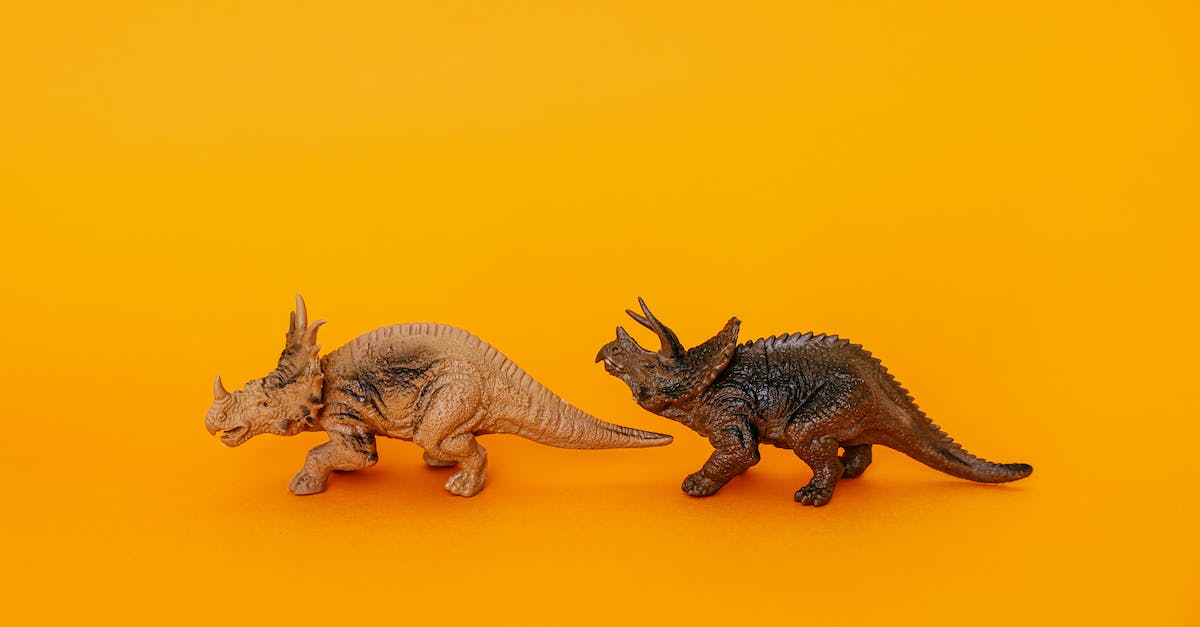
- Control of Pest Populations: Certain species of reptiles, such as snakes, feed on rodents and other small animals. Their presence helps to control the populations of these pests, which can cause damage to crops and spread disease.
- Seed Dispersal: Some reptiles, like iguanas, play a vital role in seed dispersal. They consume fruits and excrete the undigested seeds in different locations, allowing for the growth of new plants and vegetation.
- Nutrient Cycling: Reptiles are known to contribute to nutrient cycling in their environment. For example, many species of turtles play a significant role in the cycling of nutrients in aquatic ecosystems, supporting the growth of important plant life.
- Ecosystem Indicators: Certain reptile species serve as useful indicators of ecosystem health. They are sensitive to changes in their environment, making their presence or absence a useful tool for tracking the overall health of an ecosystem.
- Research and Medical Advancement: Reptiles have been the focus of extensive scientific research, leading to valuable medical advancements. Examples include the use of snake venom to create antivenom to treat snake bites, and the study of reptile immune systems to gain insight into human immunity.
Threats to Reptile Populations and Conservation Efforts
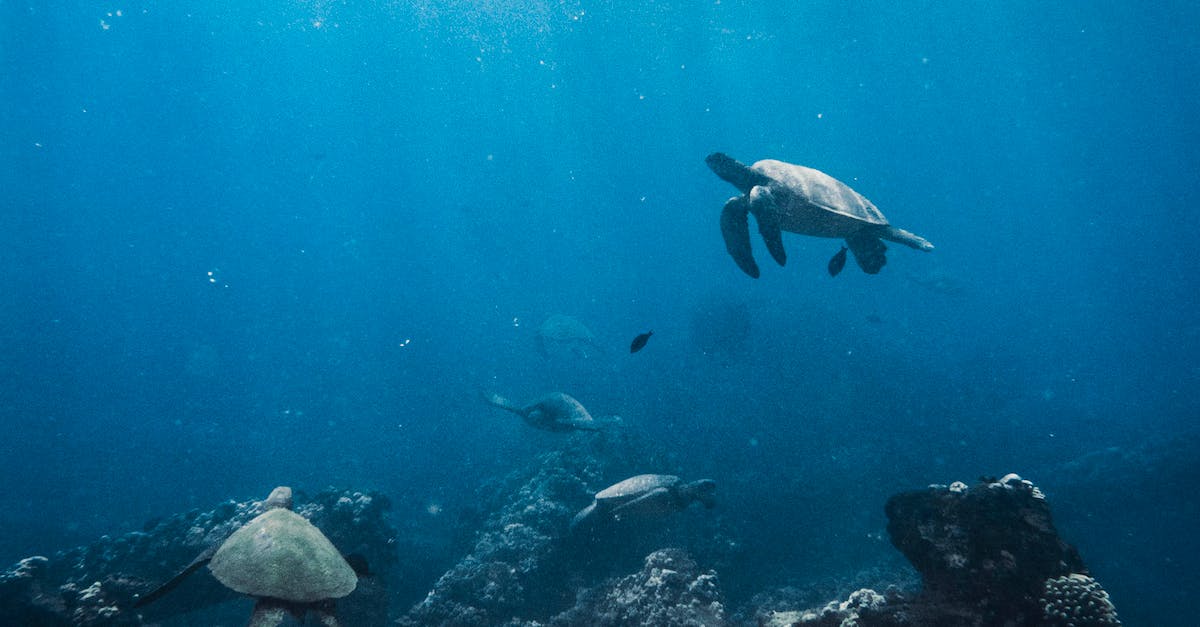
As we delve deeper into the world of reptiles, it’s impossible to ignore the pressing issue of their decreasing population. Reptiles are facing a range of threats, mainly human-related, which have culminated in a severe decline in their numbers. Here are six major threats that reptiles face today, and the conservation efforts being made to combat them.
- Habitat destruction: Reptiles require vast habitats to survive as they need plenty of space for hunting, breeding, and basking in the sun. Unfortunately, development and urbanization have led to the destruction of many habitats. To address this issue, conservationists are creating protected areas where reptiles can live and thrive.
- Climate change: Global warming is causing significant changes in weather patterns, which is affecting reptile populations. For instance, rising temperatures can result in higher mortality rates of eggs and hatchlings. Conservationists are working to mitigate the effects of climate change by reducing greenhouse gas emissions, protecting critical habitats, and promoting environmentally friendly practices.
- Invasive species: Invasive species pose a significant threat to many reptiles. They often compete for resources and prey, and some even prey on reptiles themselves. Conservationists are working tirelessly to eradicate invasive species from habitats and prevent them from spreading.
- Hunting and poaching: Illegal hunting and poaching have contributed significantly to the decline in reptile populations. Many reptiles are hunted for their meat, skins, and other body parts, which are highly valued on the black market. Conservationists are working to enforce strict laws and regulations to prevent illegal hunting and poaching.
- Pollution: Humans contribute to pollution that harms reptiles, from oil spills that damage habitats to pesticides that contaminate food and water sources. Conservationists are promoting safe and responsible waste management practices and working to reduce the use of harmful chemicals and pollutants.
- Disease: Many reptile populations are also declining due to the spread of diseases. Conservationists are working to prevent the spread of diseases by monitoring populations, treating infected animals, and improving overall health through better management practices.
In conclusion, reptiles face many challenges that threaten their existence, but efforts are being made to protect them. By implementing conservation measures, we can preserve these fascinating creatures and the ecosystems they inhabit, ensuring they continue to thrive for generations to come.
Conclusion
So, there you have it, the wonderful world of reptiles. From the slithery coils of the snake to the protective shells of the turtle, these creatures have evolved to adapt to their environments in ways that are simply awe-inspiring.
Perhaps what is most fascinating about these scaly creatures is their unique ability to thrive in even the harshest of environments. Whether it’s the scorching desert or the icy tundras of the North, reptiles have found ways to not only survive, but to thrive.
These creatures have so much to offer the world, from their stunning colors to their impressive hunting skills. And despite their often fearsome appearance, they are an integral part of the delicate balance of our planet’s ecosystems.
So let us all take a moment to appreciate the marvelous splendor of these creatures, and remember to never underestimate the power of a reptile. For as David Attenborough himself once said, “The truth is that the natural world is incredibly complex and intertwined, and it is impossible to fully understand it. But that should not stop us from trying.”

